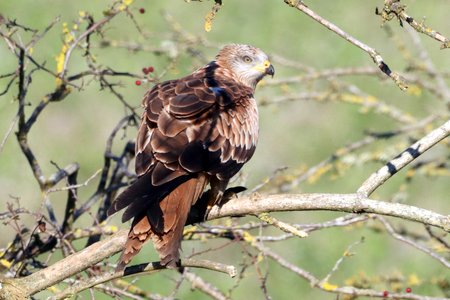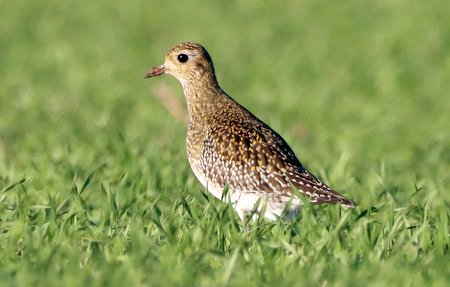Rarity Records
Certain records of rare birds will need to be submitted with evidence to be verified by the WOS Records Panel. This is standard practice to ensure a fair system for everyone and is in line with other counties.
The list of species that require verification by the panel can be found here. Local rarities are usually species that are recorded on just a few occasions annually or are species that can easily be confused with a more common relative.
National Rarities
The list of species considered nationally are available on the BBRC website. Accepted records are published annually in the journal British Birds in the ‘Report on rare birds in Great Britain’ and also in Hobby, the Wiltshire Bird Report.
Submitting evidence
All evidence should be submitted to the County Bird Recorder when submitting your record. Please give as much evidence as possible to help the panel make their decision. See below for how to submit different types of evidence. If you need any help, please contact the Recorder.
Written Descriptions
You can submit a description via our online form here: WOS Rarity Form
Alternatively, you can download a copy of the form, fill it in and email it across to
Writing a description can be hard if you’ve never done it before. Here are some tips to help get you started…
- Keep it short and to the point – it’s good to have context but we don’t need to know what you were wearing and what you had for lunch!
- Give a clear description of the bird’s main features as you saw them and in your own words – don’t copy from a bird book
- Rule out other similar species that it could have been confused with – e.g. if you saw a female garganey, tell us why it wasn’t a mallard or other brown duck
- Tell us about any other birds in the area that you compared it against
- Tell us about your past experience with the species and/or other similar species
Photos/Videos
To submit a photo or video, simply email a copy to
Sound Recordings
For sound-only records, we require:
- A copy of the sound recording, ideally with several examples of the call
- The whole sequence of calls (not isolated calls) and ideally some time before and after to provide some context
- An accompanying sonogram with a description of how the call was identified
If you are regularly submitting sound-only records we recommend using eBird as you can easily generate sonograms there by uploading recordings.
Frequently Asked Questions
Why do I have to write a description? Are you saying I don’t know my birds?
No! Not at all. Sometimes we get rare bird records that turn out to be something more common, and so to make the process fair, everyone is asked for a description for certain species, even the panel members.
Records of rare and scarce birds in Wiltshire will only be entered onto the official Wiltshire List and the archived totals after acceptance by either BBRC or the WOS Records Panel.
What species require a description or further evidence?
You can find a list of Wiltshire rarities here: Description Species.
You may find some birds here that you don’t consider rare, but if they are on the list it means they are rare in Wiltshire and that we only receive a handful of records each year, e.g. Sanderling. Conversely, we don’t require descriptions for certain species that you may consider rare elsewhere, e.g. Corn Bunting, as they are locally common in Wiltshire. Always check the list if you are unsure.
Please note that we may ask for additional information for any species if they are seen in an unusual location, at an unusual time of year, or in unusual numbers.
What evidence do you need?
Best practice is a full written description with any accompanying photos, videos or audio evidence that you have. However, if the photo/video is very clear, then a full description won’t be necessary. See above on how to submit evidence.




